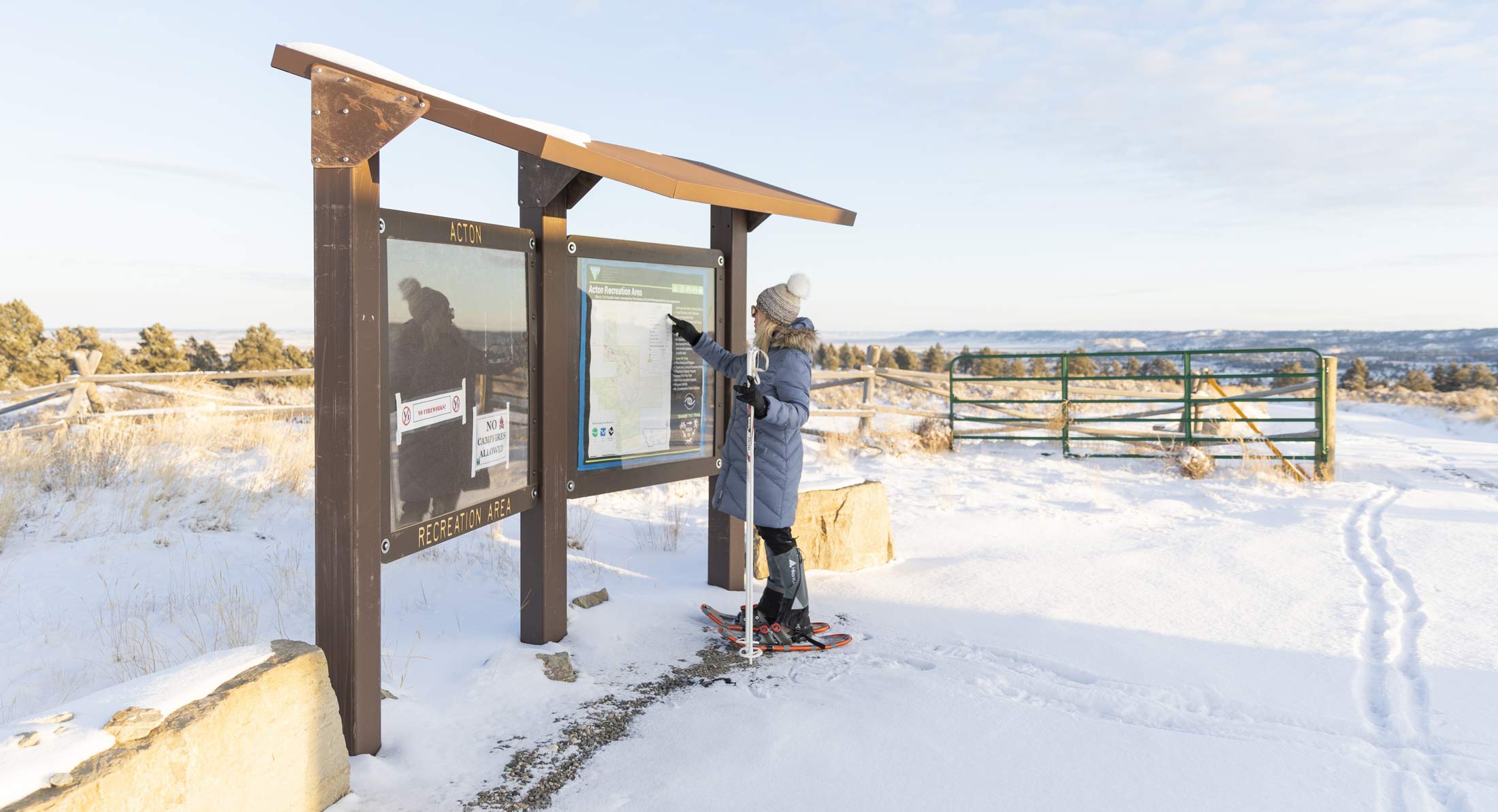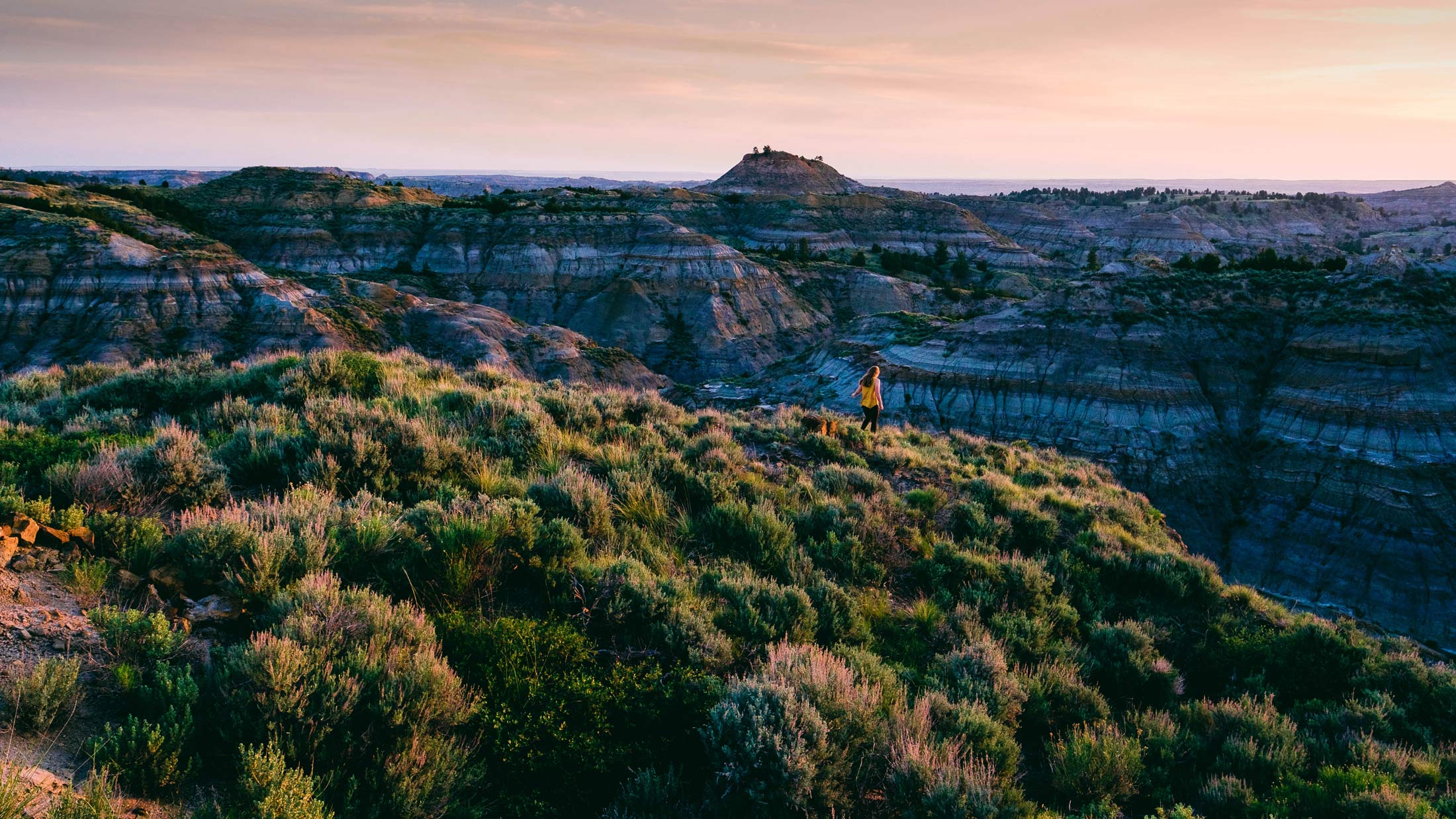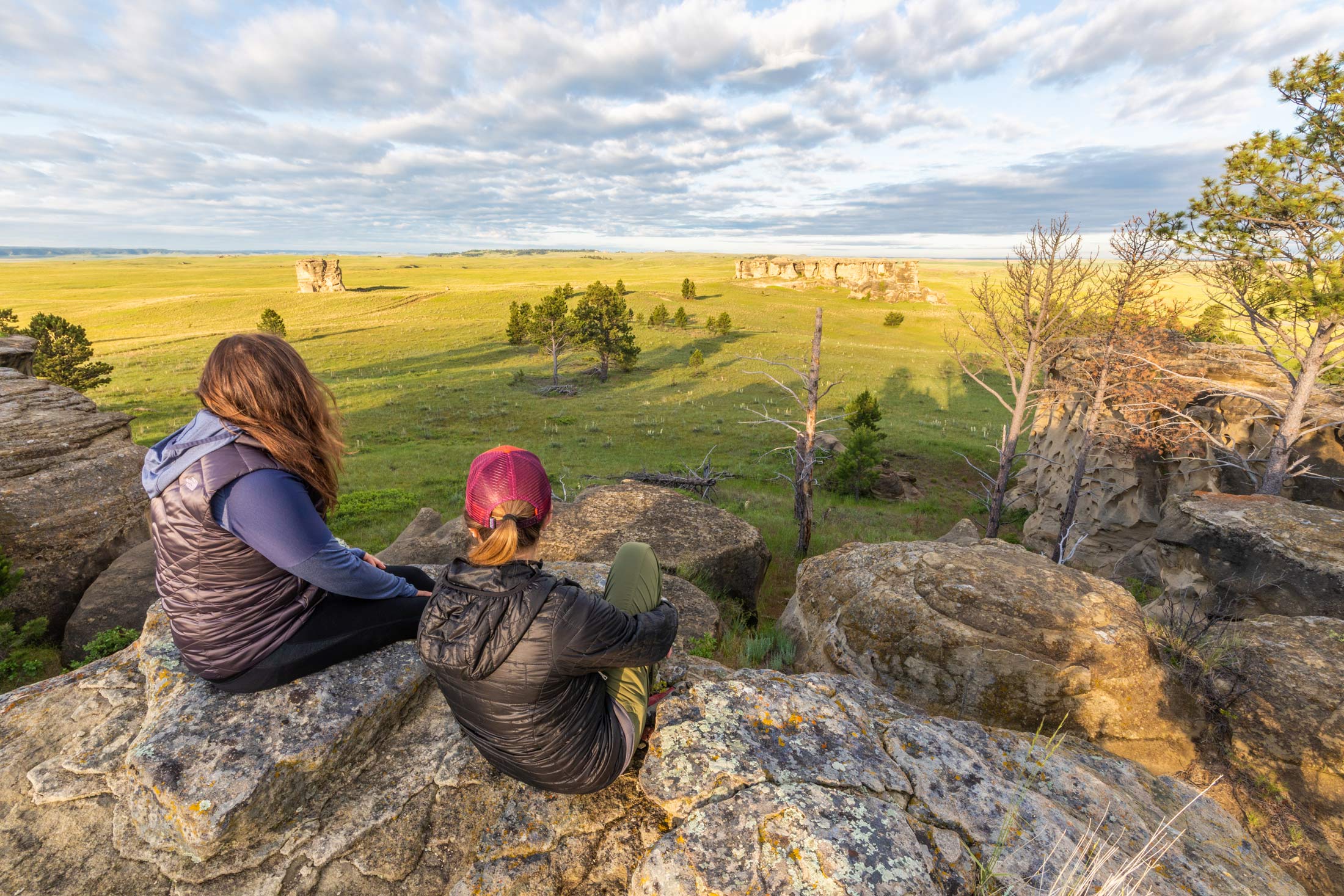Spring is Here – And So Are the Birds in Southeast Montana
After a long winter, the high prairies, rolling hills and dynamic badlands of Southeast Montana are once again revealed to visitors. A sure sign of spring, migratory birds arrive in large numbers to color the landscape and fill the air with their songs. Whether you are a casual observer or an ornithologist-in-training, birding across the region is a great way to get outside and revel in the longer days. Where are the best places for birding in Southeast Montana? We’ve compiled a brief list of a few favorite spots.
Makoshika State Park – Bluebird Trail
A pretty harbinger of spring, mountain bluebirds love wide open spaces – and Southeast Montana has that in spades.
This preference in scenery is exactly why bluebirds are constantly spotted throughout Makoshika State Park. Local volunteers maintain and track 75 bluebird houses that make Makoshika even more hospitable for these colorful and curious birds. In 2017, the park’s bluebird houses set a record with 149 bluebirds fledging their nests.
As its name implies, the Bluebird Trail is a good location to spot bluebirds but they flit across the nearly all of the 12,000-acre park. Additionally, you might see turkey vulture (locally known as a buzzard), the Northern flicker, Western meadowlark, horned lark, rock wren and numerous sparrow species.
Tip: Plan to attend Buzzard Day in June to celebrate the park’s most common avian, the turkey vulture. You can meet Lurch the Buzzard from ZooMontana, run Montana’s toughest 5K, experience a paleo hike and be entertained by Lakota Sioux Bad Bear drummers and dancers.
Locally known as “The Horn,” this river’s epic reputation as a trout fishery is well-documented. The river’s open water is also a great spot to watch for raptors. From Fort Smith and Bighorn Canyon National Recreation Area, drive north on Montana highway 313 then continue on highway 47 to follow the water from Afterbay to the confluence with the Yellowstone.
Tip: Montana public fishing access points are an easy place to “glass” for birds like eagles, hawks and osprey along with other non-raptor species.
Pompeys Pillar National Monument
Another river spot, this one along the Yellowstone River, is home to massive, century-old cottonwood trees and feathered friends who thrive in that environment such ferruginous hawk, loggerhead shrike, Franklin’s gull, Northern goshawk and peregrine falcon, which are all considered “sensitive species.”
Additionally, you might see American while pelican, double-breasted cormorant, greater and lesser yellowlegs, spotted sandpiper, belted kingfisher, hairy woodpecker, Western wood peewee, tree and cliff swallows, bluejay, white-breasted nuthatch, house wren, brown thrasher and many more.
Tip: Use your national park service (NPS) pass for entrance. If not yet open for the season, you may walk in from the gate and may have this incredible site to yourself.
The hallmark sandstone rocks that erupt from the prairie provide nirvana for birds and bird-lovers alike. Additionally, the rock cavities, buttes, ponderosa pine and rolling prairies offer a unique mix of landscapes, which harbors Western meadlowlark, sage and sharptail grouse, rock wren, killdeer, golden and bald eagles, mountain bluebird, song sparrow, American robin, red-tailed hawk, great horned owl, downy woodpecker and red-winged blackbird.
Tip: Avian adventurers will love the out-of-the-way-ness of the Chalk Buttes in the Custer Gallatin National Forest near Ekalaka, which offers stunning views and a diverse pine-covered landscape.
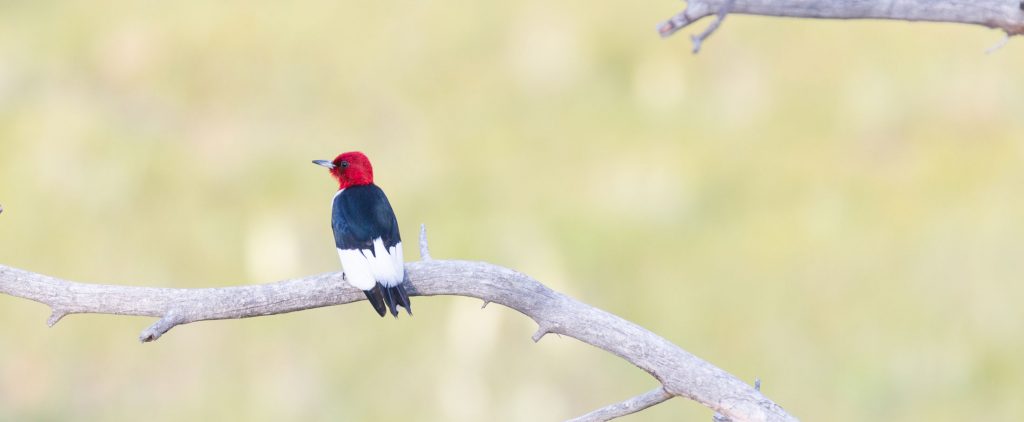
Roundup RiverWalk Heritage Trail
Located about 45 minutes north of Billings and the Bull Mountains, the Roundup area is highlighted by the Musselshell River. Find the RiverWalk at east end of 2nd Ave. East with a kiosk near the fairgrounds. Designated pathways guide you among aged cottonwood and green ash trees that line the river and ponderosa pine, chokecherry and juniper on the sandstone bluffs above the river. This area is home to about 80 species of birds such as lazuli bunting, yellow-breasted chat, great horned owl, belted kingfisher and several varieties of warblers.
Tip: While in the area, be sure to at Lake Mason National Wildlife Refuge where you might see burrowing owl, Lapland longspur, snow bunting and horned lark along with sage grouse in the sagebrush areas.
Little Bighorn Battlefield National Monument
The rolling prairies of this national monument features the ideal environment for many grassland birds including killdeer and Western meadowlark, Montana’s state bird. National Park Service rangers know the park the best, so be sure to ask which avian friends they have been seeing.
Tip: Calhoun Hill, named after Lt. Calhoun leader of Company L, is an area frequented by sharp-tail grouse. The worn area where male grouse “dance” to impress their mate is known as a lek (pronounced: lěk). These birds will spook easily so we suggest arriving early in the day and being patient – and, have your camera or video recorder ready.
*Amber Van Meter of Montana State Parks AmeriCorps contributed to this post.
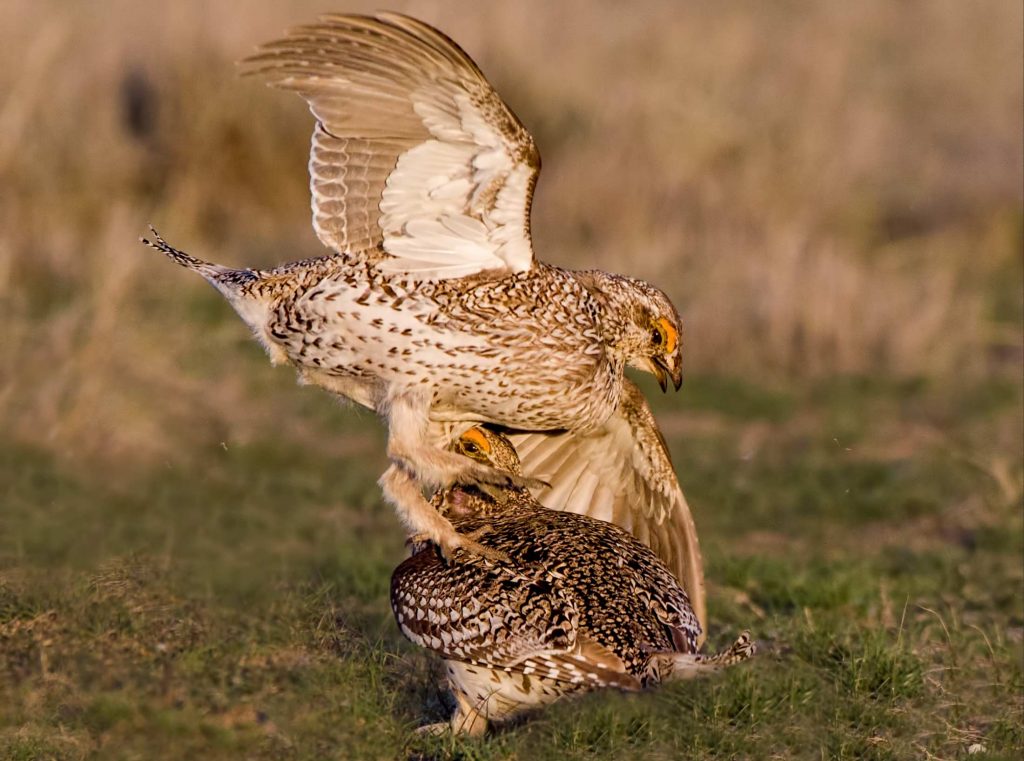
More from our blog:

